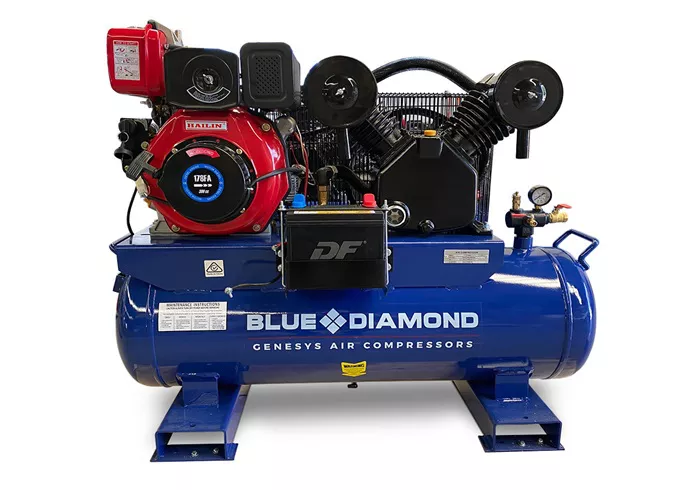Panasonic Life Solutions India has urged the government to introduce a dedicated production-linked incentive (PLI) scheme for key air conditioning components, especially compressors and motors. The company believes this move will help strengthen local manufacturing of printed circuit boards (PCBs) and reduce reliance on imports.
Manish Sharma, Chairman of Panasonic Life Solutions India, made the appeal after the government approved a new PLI scheme focused on passive electronic components. He welcomed the announcement but said more targeted support is needed to increase domestic value addition, particularly in the white goods sector.
On March 28, the Indian government approved a ₹22,919 crore PLI scheme to support the production of passive, non-semiconductor electronic parts. These include basic components like capacitors, resistors, and heat sinks—many of which are still imported in large volumes.
Sharma praised the move, calling it a positive step for India’s electronics sector. He added, however, that India still imports a significant amount of electronic components. Between $5 billion to $6 billion worth of PCBs are brought in annually for final assembly. In total, the country imports around $12–13 billion in non-mobile electronic parts each year.
To change this, Sharma said India must scale up its local PCB production. Doing so would create steady demand for key parts like compressors and motors. This would make large-scale manufacturing within India more feasible and competitive.
Sharma also responded to industry calls for more support. He backed the idea of expanding the PLI scheme to focus specifically on the air conditioner (AC) segment. He noted that the AC industry has already reached a demand level that justifies a standalone incentive program.
Earlier, the Consumer Electronics and Appliances Manufacturers Association (CEAMA) had recommended a second round of PLI for the AC industry. The goal is to raise local value addition to over 70%. Sharma fully supported the proposal, calling it “urgently needed.”
“The first phase of the white goods PLI delivered faster results than expected,” Sharma said. “We achieved in under four years what was initially planned over six. Now is the time to push further.”
The white goods PLI scheme, launched in 2021 with an outlay of ₹6,238 crore, has attracted strong interest. As of January, 84 companies had signed up, pledging ₹10,478 crore in investments. The projects are expected to generate more than ₹1.7 lakh crore in output by the end of the scheme in 2028-29.
Sharma said most of the approved projects are already operational. Many companies have begun local production of compressors and motors. He added that remaining issues—like sourcing heat exchangers and materials such as copper and aluminium—are expected to be resolved soon.
“PLI schemes are a temporary but essential support system,” Sharma said. “They provide three to four years of help so that companies can scale up and compete globally. That’s why I continue to advocate for these policy tools.”
Looking ahead, Panasonic India is targeting revenue of ₹11,500 crore for the financial year ending March 2025. The company expects profits to reach around ₹1,000 crore. Growth is being driven by strong performance in air conditioning, electrical products, and its B2B segments, including smart manufacturing systems.

